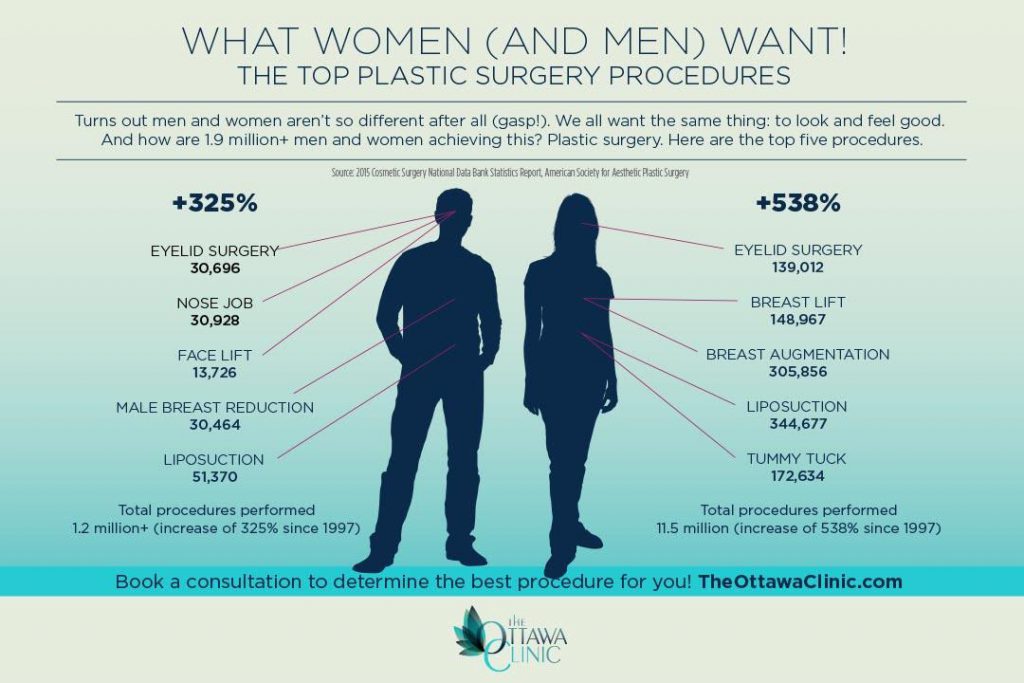What Triggers Acne?
Acne is an usual condition that affects your skin's hair roots and oil glands. It normally appears on your face, neck, shoulders and upper body. Papules, pustules and dark areas are typically called acnes or acnes.
Oil glands throughout your body release a sticky lubricant, called sebum, to keep your skin and hair supple. However if pores get blocked, acne develops.
Hormonal Changes
Acne establishes when hair follicles become clogged with oil from the sebaceous glands. The condition is exacerbated when these glands release androgens, such as testosterone, during puberty. The excess androgen stimulates the skin's oil glands to produce even more sebum, which obstructs pores. Acne is an usual trouble in teenagers as a result of these hormone adjustments. Females might additionally experience hormone acne during pregnancy or menstrual periods. Women with endocrine problems, such as polycystic ovary disorder and genetic adrenal hyperplasia, might have greater hormone levels, leading to more severe acne.
Various other variables that add to the growth of acne include genetics (your parents' skin type), diet regimen and stress and anxiety. Diet regimens high in glycemic lots, or those that increase blood glucose rapidly, may worsen acne. Certain drugs and drugs, such as birth control pills, steroids and corticosteroids, can additionally trigger or intensify the condition. Products such as greasy makeup, hair items and hats that aggravate the skin may also trigger outbreaks.
Diet regimen
Research studies have shown that individuals that eat a diet high in foods with a high glycemic index (such as white bread, pasta, rice and sweet treats) may have much more acne. This is thought to be due to the fact that these foods trigger sugar levels in the blood to rise promptly, activating hormones that can stimulate oil manufacturing in the skin.
Milk is one more food that can be linked to acne, but researchers aren't sure why. It's feasible that the hormonal agents cows produce when they are expectant wind up in their milk and can result in increased acne, yet a lot more research is needed to examine this concept.
Some people additionally report that consuming a low-glycemic diet helps in reducing their acne, yet a lot more research is required to confirm this. On top of that, some professionals believe that particular vitamins and nutrients can assist avoid or lower acne. These consist of vitamin A, vitamin D and omega 3 fatty acids. Individuals that eat foods abundant in these nutrients, such as liver, eggs, dairy products, kale and dark leafy veggies, may be much less most likely to get acne.
Ecological Inflammation
Acne takes place when hair roots become obstructed with oil and dead skin cells. The resulting lesions (acnes) are most typical on the face, but can additionally appear on the upper body and shoulders. Typically, acne appears in a pattern that mirrors a person's hereditary makeup, yet it can be worsened by external aspects such as diet, way of living, and skincare items.
High-glycemic foods, such as chocolate and nuts, can cause outbreaks in some individuals. Dairy items can likewise add to acne. Tension can create the body to create cortisol, a hormonal agent that boosts sebum production and triggers inflammation.
Filthy or clogged pores can cause the formation of blackheads, which are open pores full of excess oil that have been subjected to oxygen. They look dark because the oil is oxidized and can not escape the pore quickly. Making use of non-comedogenic (non-clogging) skincare items and cleaning consistently can help reduce the development of these kinds of acnes.
Stress
Anxiety isn't a direct root cause of acne, yet it can make it worse. One concept is that when stressed, your brain causes a boost in the manufacturing of corticotropin-releasing hormone (CRH), which might encourage your skin cells to create even more oil, clog pores and cause acne.
Another possibility is that really feeling frazzled can trigger you to rest badly, consume unhealthy foods and break away from your normal skincare routine. Every one of these factors can promote the growth of acne breakouts.
Stress-related acne has a tendency to turn up on the even more naturally oily locations of your face, consisting of the forehead, nose and chin. It typically looks even more like a collection of blackheads, here whiteheads and red bumps than a single acne. If you experience a great deal of stress and notice that your acne worsens, consider speaking to your medical professional about therapy alternatives. They may be able to recommend drugs like isotretinoin, which can decrease serious acne outbreaks.

Comments on “Red Light Vs Blue Light For Acne”